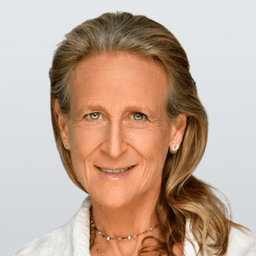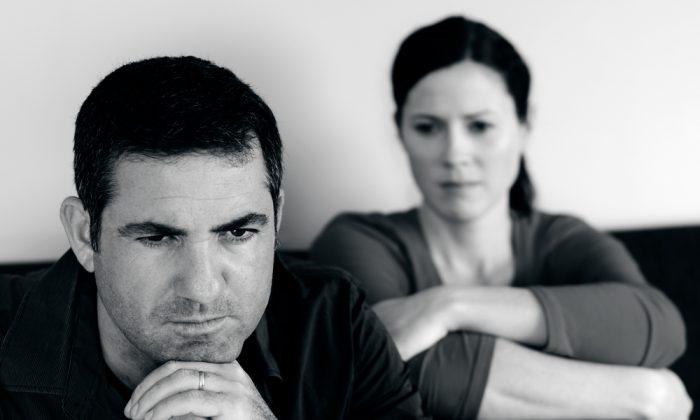So many things bother us—people, mostly. Anything has the power to upset our basic sense of well-being, if we let it.
Our tendency, when things bother us, is to blame another person for getting it wrong and thus causing our suffering. Once we have identified what we consider to be the cause of our disturbance, we usually set out to try to fix it. We attempt to change the other person’s behavior into something we consider right, or that at least will not bother us.
I guess you could call it Plan B.
When we cannot change the cause of our suffering, many of us continue to blame the other person or situation. This may provide us with some relief, for a while. But what happens when blaming does not make us feel better? Where do we go when we have run out of moves?
Freedom from the blaming/fixing cycle, ironically, comes from moving our attention away from the person we think is to blame and instead turning it toward ourselves. When you hear that it’s time to look at yourself, you may assume that I’m telling you to discover how you are also at fault. This assumption would be false.
Escaping the Blame Cycle
To turn your attention toward yourself is to ask questions: What does this situation or person’s behavior trigger in me? What pain is generated in me when I am confronted with this behavior or reality?I was in a relationship with a “blamer” for years. The problems in his life were always someone else’s fault, and the dialogue never moved much further than that. For years, I tried to change him, encouraging him to be curious and to use the situations of suffering as opportunities to shed light on undiscovered truths.
Through the process, sadly, I too became entrenched in blame. I blamed his attitude for my own suffering. “If only he weren’t a blamer,” I thought, “I wouldn’t be in pain.” But in the end, he didn’t change, I didn’t change, and the situation didn’t change.

What I discovered was simple but profound—and healing. I found the center of my own truth. Interestingly, finding what made the blaming so painful for me did not change my partner’s behavior. What it did do, however, was ease the excruciating suffering that existed for me in the situation.
Rather than letting his behavior set off a screeching fire alarm inside me—a code-red emergency—I could witness the behavior, know what it put me in touch with, and stay calm and nonreactive. I didn’t need to escape some unknowable but unbearable experience inside myself. I could say to myself, with kindness, “Oh right, this blaming triggers such-and-such in me, which has a history of its own and is understandable.”
And then, oddly, the whole thing was over. The experience that was so threatening, and the cause of so much pain, was deactivated. Its wires were cut. The emergency of making the situation or behavior stop eased when the inarguable truth of what was happening inside me was clear. The suffering doesn’t need much more than that.
As we all know, we can’t control anyone else’s behavior, and we can’t make another person want to change. But we can always make the choice to shift our attention inward, to focus the lens of curiosity on ourselves. And remember, by investigating our own experience, we are not condoning the behavior that triggers our suffering, nor are we assuming responsibility for having caused it.







Friends Read Free